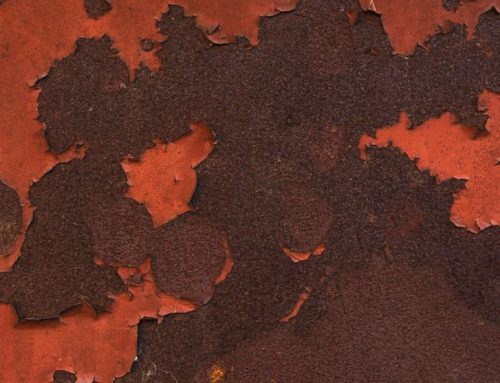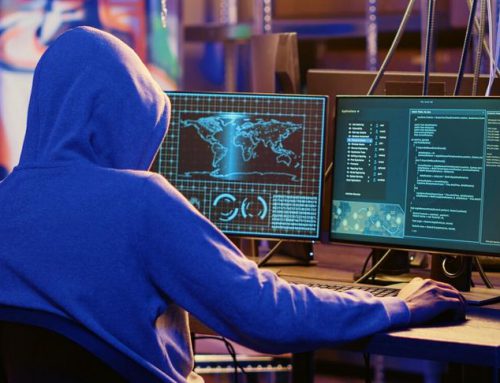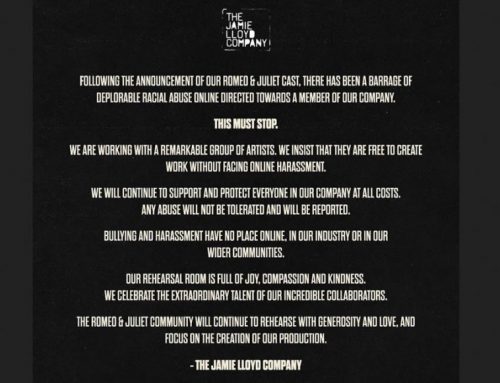The celebrity CEO really scares NASA when he starts posting to social media while wasted out of his mind.
Elon Musk
View this post on Instagram
Why Elon Musk’s SpaceX is launching astronauts for Nasa
Elon Musk’s SpaceX is flying people to and from the International Space Station (ISS), using the Crew Dragon vehicle. But why is Nasa paying a private company to launch its astronauts?
“SpaceX was founded to make life multi-planetary,” says Jessica Jensen, director of Starship mission hardware and operation at SpaceX.
But, she adds: “We were a very small company for several years. So we had to look for opportunities – how do you go from being a small company to actually putting people into orbit. When Nasa came out with the need to fly cargo to and from the International Space Station, we jumped on that.”
SpaceX was shortlisted for evaluation under the Nasa cargo programme in 2006. But by 2008, SpaceX and Tesla, the electric car manufacturer in which Musk had invested, were running low on cash. Musk was faced with an impossible choice: “I could either split the funds that I had between the two companies, or focus it on one company – with certain death for the other,” he told Business Insider in 2013.
“I decided in the end to split what I had and try to keep both companies alive. But that could have been a terrible decision that could have resulted in both companies dying.”
Fortunately, on 23 December 2008, Nasa awarded SpaceX with a $1.6bn contract to ferry cargo and supplies to the ISS. Describing his reaction, Musk said: “I couldn’t even maintain my composure, I was like: ‘I love you guys’.”
The company’s Dragon 1 capsule could carry cargo and supplies, but not humans. Nevertheless, it represented a milestone for the company.
From their initial $50m investment in the programme in 2010, the space agency whittled several competing companies down to two – SpaceX and Boeing – in 2014.
Since then, they have been refining and testing their spacecraft designs.
In March 2019, SpaceX performed a triumphant launch of the Crew Dragon without astronauts. Using automated procedures, the capsule successfully approached and docked with the space station.
It was carrying a mannequin called Ripley – after Ellen Ripley, the protagonist in the Alien movies – decked out with sensors to measure the G forces experienced during flight, particularly the launch and return phases.
Despite this success, and others along the way, it hasn’t always been plain sailing for SpaceX. In 2016, a Falcon 9 rocket blew up on the launch pad. And in April 2019, a Crew Dragon capsule exploded during a so-called static fire test on the ground. No one was hurt in either event.
The spacecraft was also having problems with the parachute system designed to bring it back safely to Earth.
These mishaps, along with earlier funding shortfalls for the Commercial Crew Program, had introduced delays to an original timeline that would have seen SpaceX launch crew to the ISS in October 2016. – Source
Read more on these Tags: Elon Musk, NASA









